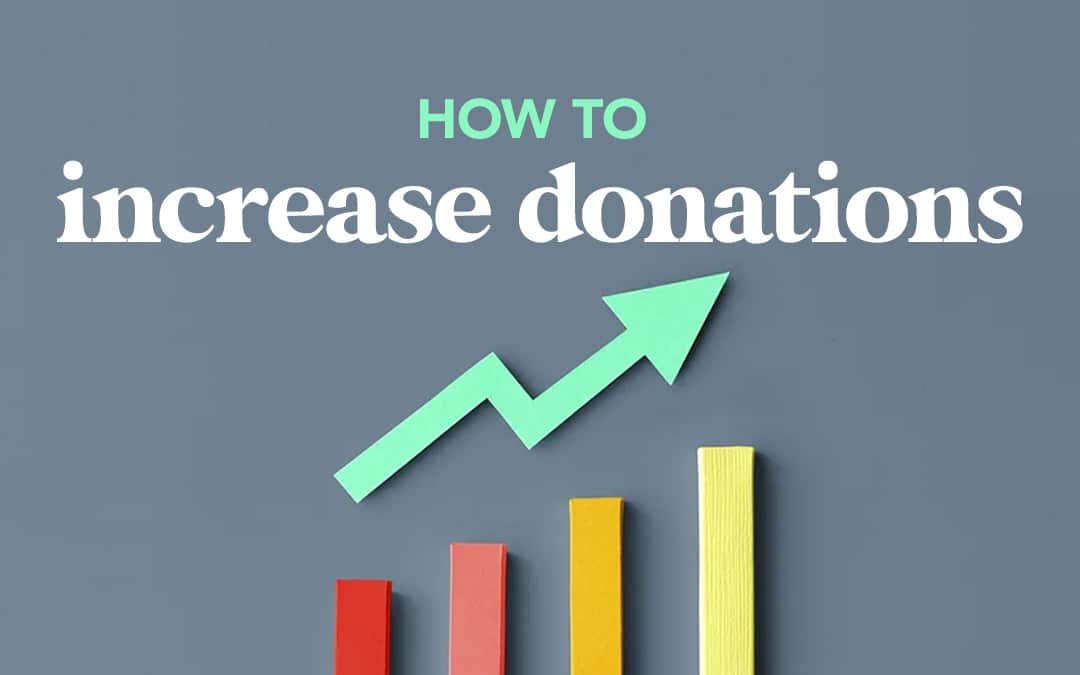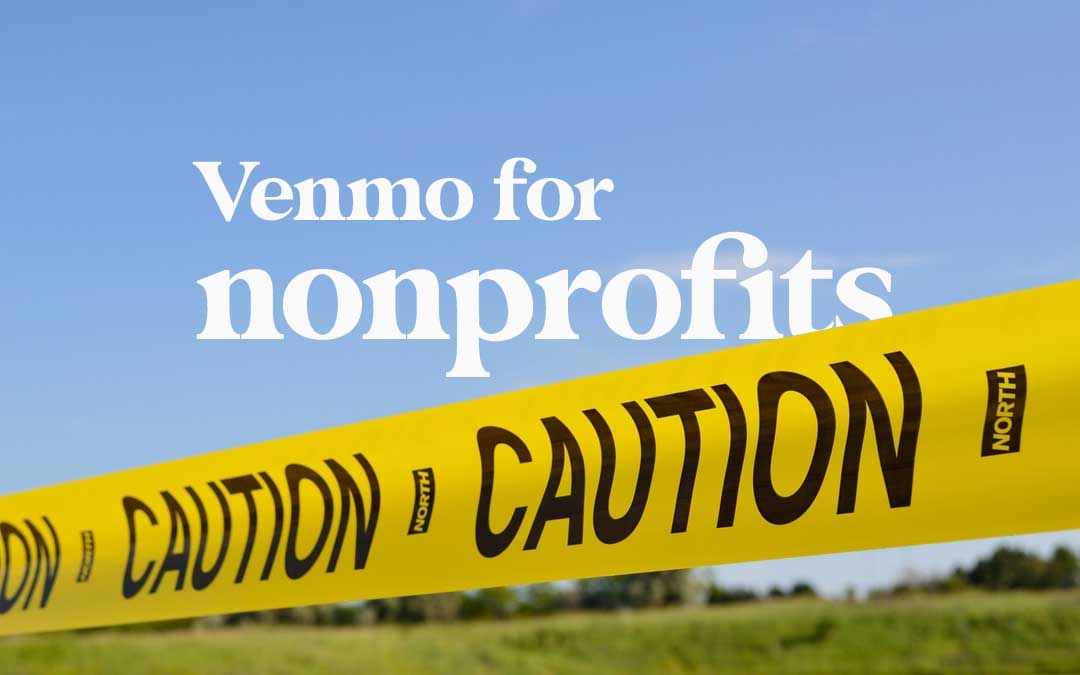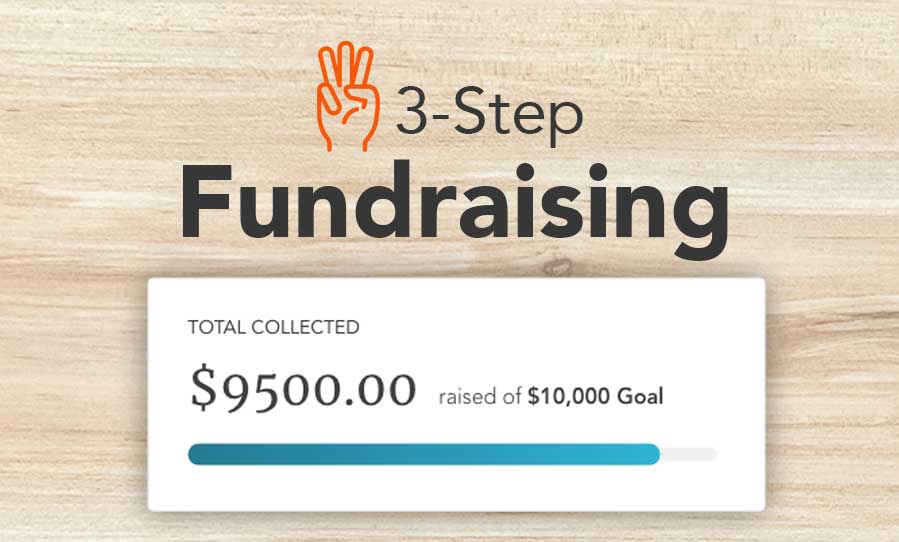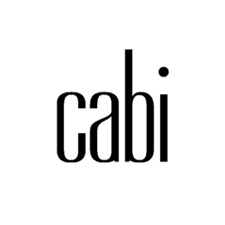We shared about how to ask for donations in another article (catch up here + get a free worksheet), but now that leaves the question: How to increase donations to your charity? In general, the key is persistence — which, if you’re committed to your mission, likely comes naturally. But here, we give you five practical ways to put that to action.
How to increase donations to your charity
While the context and audience may change, this process can apply to generally any fundraiser.
1. Follow up. Again.
As we noted in Part 1, people get busy and sidetracked. The reality is: You are thinking about your fundraiser constantly because you’re living it. To your network, it may simply be a rainy-day to-do item. Bump it up their list with a simple follow-up. Not sure what to say without feeling “pushy”? Try this:
2. Ask your list for a list.
Another productive follow-up technique is to tap your network’s network. Ask each individual if they can think of at least two friends or family who could relate to your cause and if they’d be willing to reach out to them. It helps if you can provide something that offers more information, like an email attachment or your collection’s unique URL.
Fundraising happens by ripples, not simply throwing darts at a board. While two additional people doesn’t seem like much, think of it exponentially — if you have 20 people giving you names, that’s 40 more people you’re reaching. And you can utilize this strategy whether or not your friend personally donated; in fact, it can be a meaningful way for them to contribute if they chose not to give money.
Utilize this strategy whether or not a friend personally donated; it can be a meaningful way for them to contribute if they chose not to give money. 🧡

3. Encourage previous donors to increase their gifts incrementally.
Look back over all your group’s giving campaigns, and reach out to previous donors, noting what they gave and asking if they’d consider making another donation at a slightly higher dollar or percentage amount. For example:
David Goodwin, a senior regional philanthropy officer with American Red Cross and an experienced fundraiser, notes that two things are important here: Explain specifically what the funds are going to so that recipients don’t dismiss your request as arbitrary. Secondly, use “our” language, not “my”. “Pull people in,” Goodwin says. “If it resonates, they’ll contribute.”
4. Consider more digital resources.
A 2013 Google survey asked 2 million donors how they use digital to make decisions about nonprofits — and found that a whopping 75 percent go online to find more information before they give. Now, we acknowledge that this research is a decade old, but consider that these numbers came in years before a global pandemic that only increased our dependence on technology (which already had a steadily-increasing impact), and we can’t help but hypothesize that the number has likely grown.
A few other very key findings:
- 81% said a nonprofit’s impact is the No. 1 thing they consider
- 88% use a nonprofit’s website to research impact, and
- 75% reference online videos
- 57% donated after watching an online video
- 25% donated via mobile
Where to begin with that information? Well, right here! Cheddar Up offers you little-to-no cost websites, where you can both provide information and accept donations — yes, including mobile — on one landing page. Click here to see some examples. (We also provide the option to create a page that houses all your campaigns.) Pro tip: Include your organization’s name in your collection title and custom URL to increase the odds that people will find it via a search engine.
While we don’t host videos (yet!), we encourage you to make one and include the link in your collection description. This doesn’t have to be complex: You carry your own personal video recorder (your phone 😉) every day. Show off what you need, why, and who will receive the greatest impact.
5. Offer an incentive.
A raffle or silent auction can work if you want to draw more people to your cause who might otherwise not feel connected to it. “People will consistently take a small chance to win a big payoff,” Goodwin notes. But he offers a warning: “Make sure the item is donated,” or else you’re taking away funds from your campaign.
Take this approach to local businesses too: In exchange for free advertising, you may gain a few sponsorships.
“People will consistently take a small chance to win a big payoff.”
In short, before you go
Increasing donations is mostly about expanding your network and your resources — but in an intentional way. Follow up with people, and ask them to connect you with other people (as opposed to randomly messaging people you don’t know), or ask them to give a slight increase over last year. Online resources are your friends, and incentives could be too.
How to increase donations to your charity with special features
Get started by setting up a website for collecting donations — with some key features that encourage more giving.









